The beheading of Foley and Sotloff by the Islamic State has renewed attention to the situation of journalists in Syria.
In light of James Foley and Steven Sotloff’s deaths, it is crucial to understand the dangers journalists face in Syria. Since 2011, Syria has been the most dangerous place for journalists. The nature of the Syrian Civil War, which has shifted to an ideologically driven insurgency with a multitude of armed groups, poses new threats to reporting from war zones.
Land of Evil
Italian journalist Domenico Quirico, after having been held captive for 152 days by Syrian rebels, wrote in the Italian daily La Stampa: “In Syria, I encountered the land of evil.” Quirico is not the only journalist who recalls his mission to Syria in such a bitter way. Jonathan Alpeyrie, a French-American photographer held in northern Syria for 81 days by Islamist rebels, told the Associated Press: “I will never go back to Syria.”
Journalists have been working in Syria since the beginning of the conflict, often mentioning the high risk of operating in the region. What has transformed Syria into the world’s most dangerous country for journalists is the number of war correspondent casualties, the unprecedented rate of kidnappings and the presence of many, often rival, armed groups.
According to Reporters Without Borders (RWB) data — published before the killing of Sotloff — 39 professional journalists (12 of them foreigners) and 122 Syrian citizen-journalists have been killed in Syria in connection with their work since March 2011.
Since the start of conflict in Syria, government forces have arrested more than 200 journalists. At least 58 have been arrested or kidnapped by nongovernment forces such as the Free Syrian Army, Jabhat al-Nusra and the Islamic State (IS). According to RWB, nine foreign and 20 Syrian journalists were missing or held hostage in May 2014. The same report notes that the Syrian government held around 40 journalists and citizen-journalists at the time.
Who is Who?
In recent years, the structure of battles has changed. In most modern conflicts, including in Syria, the classic war with two opposing armies and a frontline does not exist. As a result, journalists get ambushed, like soldiers. They get caught in the crossfire. They are kidnapped and they get shot.
Omar Ouamane, a Syrian reporter, said that reporting in Syria is like “Russian roulette.” Luc Mathieu of the French daily Liberation called it a “lottery.”
A 2003 RWB report mentioned the following factors in addition to the traditional dangers of war: the “unpredictable hazards of bomb attacks;” the “use of more sophisticated weapons;” and “belligerents who care more about winning the war of images than respecting the safety of media staff.” These factors apply directly to the situation in Syria today. More than 1,073 journalists have been killed since 1992 in different parts of the world. The repression of journalists is also not just an act of rogue governments anymore. Journalists, more than ever before in contemporary conflicts, are targeted by terrorist organizations, gangs, drug-traffickers, religious extremists and political groups.
Everyone is now focusing on the difficulties of journalism in Syria, but in 2003 the spotlight was on Iraq, and some years earlier on Sierra Leone and the Balkans. El Salvador, Kashmir, Peru, Northern Ireland, Lebanon and Somalia can also be added to this list. Thomas Friedman, in his book, From Beirut to Jerusalem, recalls: “Reporters in Beirut carried fear with them just like their notebooks and pens.” This story is the same everywhere.
The death of well-known journalists like Terry Lloyd, Kurt Schork and Marie Colvin, and the recent beheading of Foley and Sotloff, demonstrate that experience, knowledge and common-sense are not guarantees of survival for journalists in this new conflict environment.
Sian Mary Williams, a Welsh journalist, talking at a BBC workshop in 2013, expressed that in Syria, the protagonists are so intertwined that even the most experienced reporters, who know where to go without taking extreme risks, get confused and make wrong decisions. She told the audience: “It is harder than in other wars to know who controls what neighborhood, to interpret the alliances and, sometimes, just to know who is who.”
Abduction
Kidnapping journalists is by no means confined to Syria. In most recent conflicts, the insurgents or governments have been applying this tactic. Lebanon, Iraq, Afghanistan and the Philippines are only a few examples. In Iraq, RWB registered 93 kidnappings of journalists from 2003-10.
In Syria, however, the number of kidnapped journalists is exceptionally high. In this conflict after three years, 69 journalists have been abducted or are missing. In December 2013, 13 international news organizations signed a joint letter about the “disturbing rise in the kidnapping of journalists” in Syria. The organizations urged the Syrian armed opposition leadership to stop the practice. But since then, the situation has continued to become progressively worse for those who cover the ongoing conflicts in Syria and Iraq.
The Syrian army and intelligence service were the only actors responsible for arresting journalists at the beginning of the Syrian War. Therefore, initially more local than foreign journalists were kidnapped. Since September 2013, everything has changed. At that time, some jihadist online forums were openly urging militants to “capture all the journalists,” especially foreign ones suspected of being “spies in the pay of the west.” Consequently, more rebel groups are now carrying out the same tactic. Today, foreign journalists are prime targets for kidnapping in Syria.
The death of the well-known journalists like Terry Lloyd, Kurt Schork, and Marie Colvin, and the recent beheading of Foley and Sotloff, demonstrate that experience, knowledge and common-sense are not guarantees of survival for journalists in this new conflict environment.
Some journalists believe that at the beginning of the conflict, anti-regime fighters saw foreign journalists as a means to raise their voice to be heard in the world. Nowadays, the perception of foreign journalists on the ground has changed. Marine Olivesi, a French independent radio reporter, told RWB: “Some [Syrian] people believe they have been lied to … Suspicion is especially noticeable in Aleppo, where there was a heavy presence of journalists for several months.” This problem has been more severe since IS took control of large swathes of territory in Syria, and recently Iraq. Other reporters believe kidnapping journalists in Syria has become a criminal business to raise money, and that journalists would be used as potential bargaining chips.
This idea has been reinforced by RWB: “It is not clear why this group [IS] kidnaps journalists. Is it for ideological or religious reasons? To rid the region of all unwanted observers, foreign and Syrian? The absence of any public statements by ISIS [Islamic State] leaves the door open to every kind of supposition.”
Russian Roulette
Omar Ouamane, a Syrian reporter, said that reporting in Syria is like “Russian roulette.” Luc Mathieu of the French daily Liberation called it a “lottery.” The Rory Peck Trust, a group dedicated to the safety of freelance journalists, announced in a statement in August 2013 that the situation for journalists in Syria is “unprecedented.” Javier Manzano, a freelance photojournalist and filmmaker who has been covering the conflict for a year, told the Trust that “it would be unwise (at best) and irresponsible (at worst) to go inside Syria as an independent journalist at this time.”
All these comments about covering the war in Syria show how different this conflict is from other current ones in the contemporary world. It is worth mentioning that it is not the first time that militants in a conflict abduct war correspondents. During the Lebanese Civil War, several journalists were abducted. The ongoing conflict in Iraq that started after the intervention of coalition forces is another example. But in none of those conflicts was the rate of abducting journalists as high as in Syria.
Even execution of journalists is not something new. Daniel Pearl, an American journalist, was abducted and beheaded in Pakistan in 2002. But at that time, this practice was not routine, as it is in Syria now. The widespread use of social media by IS militants has also helped them to use beheading as a regular technique to send message to their rivals.
Many war correspondents believe the Syrian conflict is a new phase in war reporting. Journalists such as Mark Doyle, the BBC’s world affairs correspondent, believe that: “Syria is a very dramatic example of the way that war, and conflict journalism, have changed over the years in many parts of the world.”
These issues forced some mainstream news media to stop sending their journalists to Syria. Others, like The Sunday Times, decided to defer stories from freelancers since the death of its reporter, Marie Colvin. They believe that accepting freelancers’ stories encourages them to take additional risks. The consequences of high risks for journalists in Syria have directly affected the media output covering the conflict.
Journalists have a pivotal role in the presentation of wars and vivid images of conflicts. Howard Tumber, the director of research Department of Journalism at City University London, noted this aspect of journalism: “It is the frontline correspondents who act as the major definers of reality as regards war for the huge audiences back home.” Now the war in Syria is, one by one, losing its “major definers.”
The views expressed in this article are the author’s own and do not necessarily reflect Fair Observer’s editorial policy.
Support Fair Observer
We rely on your support for our independence, diversity and quality.
For more than 10 years, Fair Observer has been free, fair and independent. No billionaire owns us, no advertisers control us. We are a reader-supported nonprofit. Unlike many other publications, we keep our content free for readers regardless of where they live or whether they can afford to pay. We have no paywalls and no ads.
In the post-truth era of fake news, echo chambers and filter bubbles, we publish a plurality of perspectives from around the world. Anyone can publish with us, but everyone goes through a rigorous editorial process. So, you get fact-checked, well-reasoned content instead of noise.
We publish 2,500+ voices from 90+ countries. We also conduct education and training programs
on subjects ranging from digital media and journalism to writing and critical thinking. This
doesn’t come cheap. Servers, editors, trainers and web developers cost
money.
Please consider supporting us on a regular basis as a recurring donor or a
sustaining member.
Will you support FO’s journalism?
We rely on your support for our independence, diversity and quality.


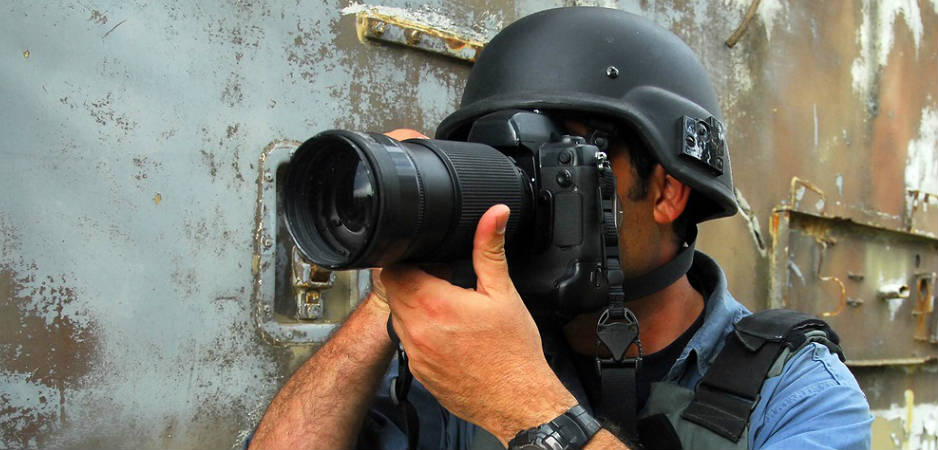







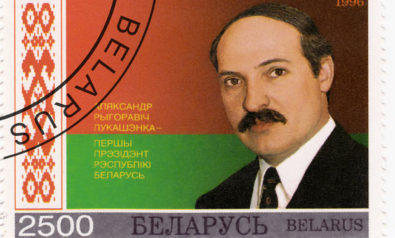

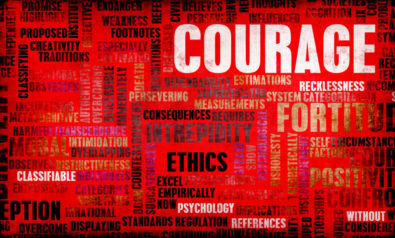
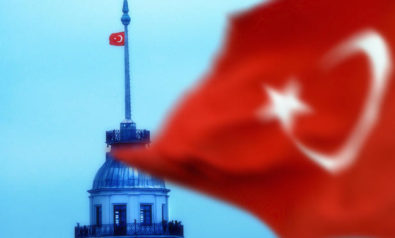
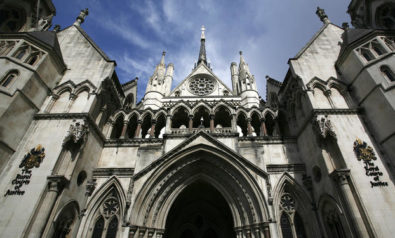



Comment